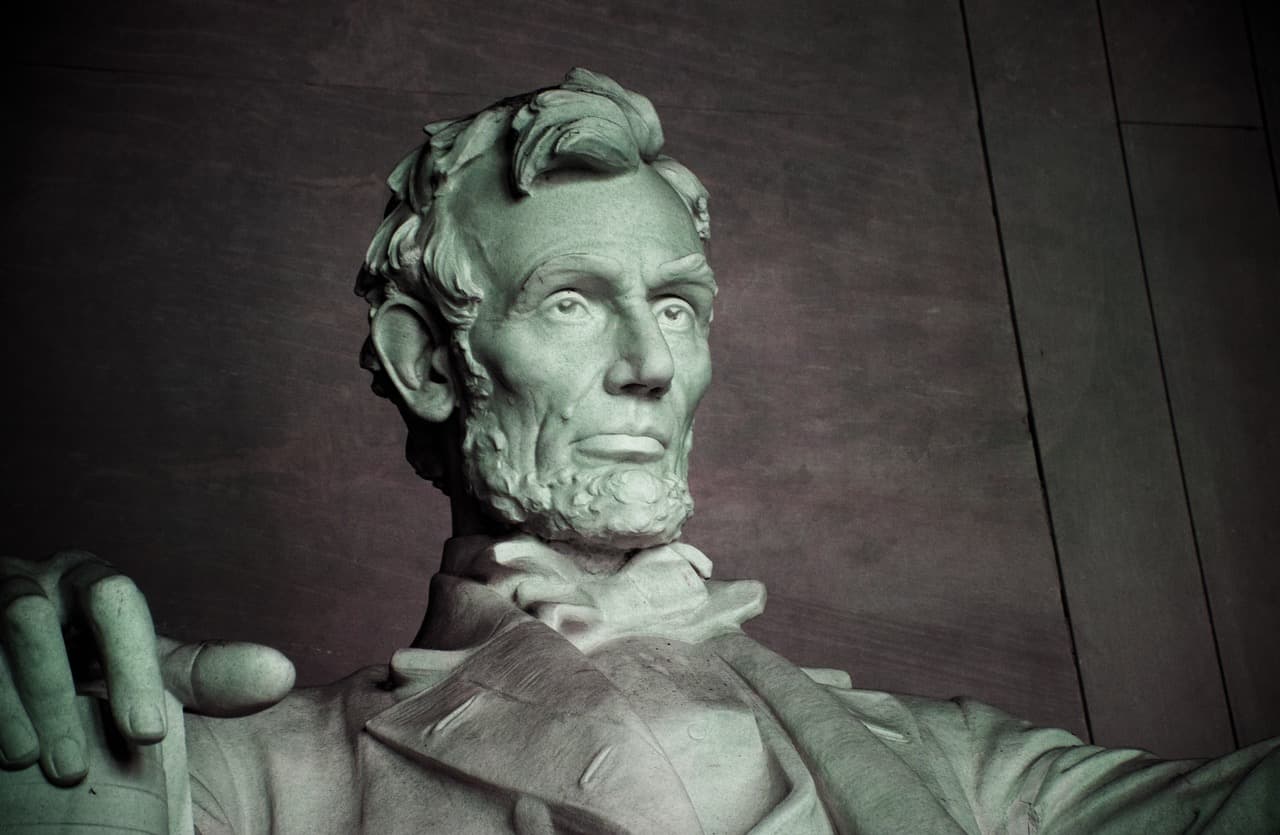
How Do You Get Upstream?
By Jared Peatman
Published on April 21, 2020
In February I was excited to see that Dan Heath had written a new book and that it was to be released in March. I preordered a copy, and after reading Upstream in just a few sittings, I am happy to report that it exceeded my expectations. Heath argues that most of our efforts and reward systems – both formal and informal – focus on fixing problems after they have occurred rather than preventing them in the first place.
Of our tendency to lionize those who come to the rescue, Heath notes, "The need for heroism is usually evidence of systems failure."
Finding Leverage Points
One of the first steps to going upstream is finding a leverage point, a place where a small intervention will have a significant impact. Heath cites one school district that, counterintuitively, found that the most crucial factor in determining whether a high school student would graduate was how well they did in 9th grade.
Knowing this, the school shifted both their best teachers and other resources from 12th graders to 9th graders and saw instant results. Not more teachers, not more resources, just a shift in the allocation of the resources they already had.
Early Warning Systems
Critical to making a successful upstream intervention is an early warning of the problem. Heath offers the metaphor of a smoke detector calibrated to your particular work that sounds the alarm when problems develop.
The Crisis Control Trap
Particularly fascinating was Heath's warning that during a time of crisis, we often search for a sense of control, and that the things that are easiest to control are the small things right in front of us. By focusing on those tasks, we ignore the more important but not so urgent matters that will make a massive difference down the road.
Key Questions for Upstream Leaders
So… what is a persistent problem you face? How might you move "upstream" to stop dealing with its effects and get to the root of the problem? Is there a leverage point you can find, a place where a small intervention would make a big difference? Once you've addressed the problem, how do you set up a "smoke alarm" to ensure you are alerted if it begins to occur again? Lastly, are you sure the problem you are tackling is significant and not just low-hanging fruit?
An Upstream Hero: John Buford
If we could nominate Upstream Heroes, I'd put in a vote for Union cavalryman John Buford. His actions on July 1, 1863, the basis for the first case study in our Transformational Journey from Gettysburg program, perfectly illustrate so many of the points Dan Heath makes.
Rather than dealing with the downstream effects of a battle beyond his control, Buford went upstream, found a leverage point with the high ground at Gettysburg, and fundamentally altered the trajectory of the battle.
The Upstream Leadership Framework
Heath's book provides a practical framework for moving from reactive to proactive leadership:
1. Identify the Real Problem
- Look beyond symptoms to root causes
- Ask "why" repeatedly until you reach the core issue
- Distinguish between urgent and important problems
2. Find Your Leverage Point
- Seek disproportionate impact - small changes with big results
- Look for early intervention opportunities - like focusing on 9th grade instead of 12th
- Reallocate existing resources rather than always asking for more
3. Create Early Warning Systems
- Design your "smoke detector" - what signals indicate problems are developing?
- Monitor leading indicators rather than just lagging ones
- Build feedback loops that alert you before crisis hits
4. Overcome Upstream Obstacles
- Tunnel vision - seeing only immediate problems
- Lack of ownership - unclear who's responsible for prevention
- Proximity bias - focusing on what's right in front of us
Modern Applications
The upstream approach applies to virtually every leadership challenge:
In Operations:
- Instead of: Constantly fixing quality issues
- Go upstream: Improve training, processes, or supplier selection
In HR:
- Instead of: Managing employee conflicts and turnover
- Go upstream: Enhance hiring, onboarding, and culture development
In Customer Service:
- Instead of: Handling endless complaints
- Go upstream: Improve product design, user experience, or communication
In Finance:
- Instead of: Managing cash flow crises
- Go upstream: Improve forecasting, payment terms, or revenue diversification
The Buford Model
John Buford's upstream thinking on July 1, 1863, demonstrates the power of this approach:
- Recognized the real problem: The Confederate army was concentrating at Gettysburg
- Found the leverage point: Controlling the high ground would determine the battle's outcome
- Took preventive action: Positioned his cavalry to hold the terrain until reinforcements arrived
- Changed the entire trajectory: His upstream intervention led to Union victory
Getting Started with Upstream Leadership
To begin implementing upstream thinking in your organization:
- Audit your time: How much goes to prevention vs. firefighting?
- Map your recurring problems: What keeps coming back?
- Trace problems to their source: What happens before the crisis?
- Identify your 9th grade moment: Where can early intervention have maximum impact?
- Design your early warning system: What signals should trigger action?
Beyond Heroism
Heath's central insight challenges our cultural obsession with heroic rescue stories. While we celebrate the firefighter who saves lives, we rarely honor the fire inspector who prevents fires in the first place.
True leadership often means making the heroics unnecessary.
Conclusion
Check out Dan Heath's Upstream, and join us in Gettysburg to learn more about Upstream Hero John Buford and his lessons for us all.
The next time you find yourself praised for handling a crisis, ask yourself: "How can I prevent this from happening again?" That's the upstream question that transforms good leaders into great ones.
What persistent problem in your organization is begging for an upstream solution?




